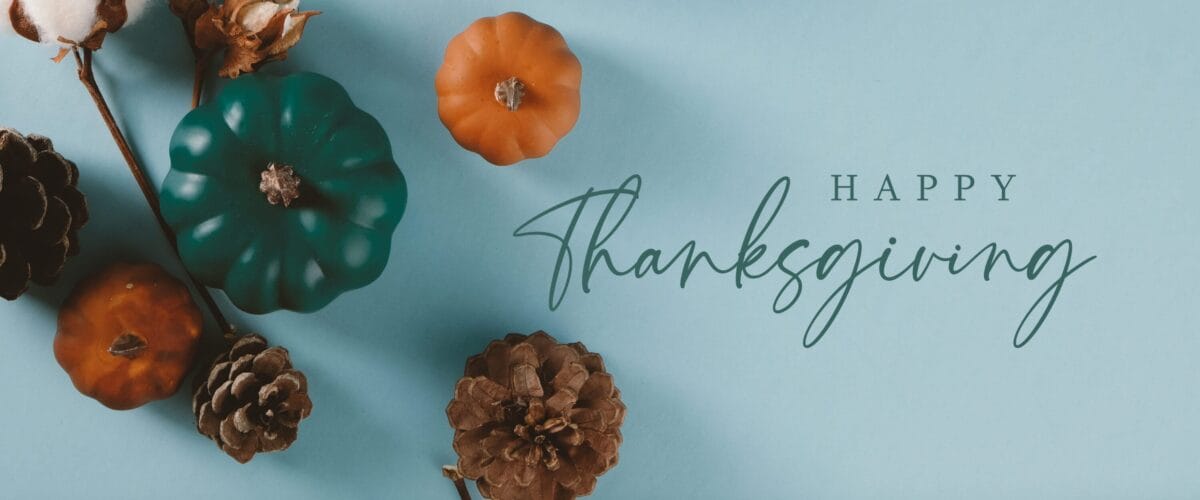Did you know there are trees that God intentionally planted for us in the desert?
I will put in the wilderness the cedar, the acacia, the myrtle, and the olive. I will set in the desert the cypress, the plane and the pine together, that they may see and know, may consider and understand together, that the hand of the Lord has done this, the Holy One of Israel has created it.” Isaiah 41:19-20 ESV
I wondered why God brought this scripture to mind. It is found in Isaiah 41:19-20 (ESV). The passage describes God planting various types of trees, including the Cedar, Acacia, Myrtle, Olive, Cypress, Plane, and Pine trees.
The scripture tells us God planted them in the desert wasteland. The purpose of this planting is to demonstrate God’s power and creation for people to “see and understand” He who did it.
But there’s more. I’ve learned to look up names when I’m reading the Bible. Names are important to God. If you’ve read the Bible, you have seen many characters whose names have been changed. I talk about this and my new book, Holy Plot Twists: God is Still Writing Your Story. As the names change, the character of the people changes with them.
God takes great effort to make sure that’s noted in writing for all of us to see, so that when we go through growth and character change, we can see how God has worked in our lives in our hearts, too.
Trees that Flourish in the Desert
Let me take you through a quick look at the meaning of these trees. But, before we look at them, take a moment to think about how long it takes for a tree to grow from a seedling. To realize how far in advance God has provided these trees in a place where they would be unexpected to grow is a peek behind the curtain into His character.
God tells us He put them there on purpose so that we would know that he is the Lord. In this context, that’s refreshing and encouraging to me, but the meaning of their names takes this to another level!
Flourish in the Lord’s Presence
Let’s start with the Cedar tree. It holds significant symbolic meanings representing strength, durability, and majesty. The Cedar is particularly prominent in Biblical narratives, where it’s associated with the righteous and God’s dwelling place.
Next, let’s look at the Acacia tree, which is primarily related to the Israelites’ journey and the construction of sacred objects. It symbolizes endurance, purity, and God’s covenant with His people. It was used for the Ark of the Covenant, the Tabernacle, and other sacred furnishings, highlighting its durability and suitability for divine worship. Something that I don’t think I would think of being in a wasteland, and yet God has this for us there.
Flourish in Peace
Next, we have the Myrtle tree, a symbol of peace, restoration, and divine blessing often associated with the renewal of the land and the people of Israel after periods of hardship or exile. Wow, that’s something we need when we’re in the desert!
He is like a tree planted by water, that sends out its roots by the stream, and does not fear when heat comes, for its leaves remain green, and is not anxious in the year of drought, for it does not cease to bear fruit.” Jeremiah 17:8 ESV
Flourish in Strength
In the Bible, the Cypress tree is a symbol of strength, beauty, and divine provision. It represents the enduring nature of God’s promises and the hope of restoration and renewal in His kingdom. Another amazing promise in the wilderness.
Next, we have the Plane Tree. Not prominently featured, but it carries symbolic meanings related to strength, endurance, and divine plan. It’s associated with Jacob’s strategy in Genesis to influence the breeding of Laban’s flocks, and it is also used as a point of comparison to emphasize the grandeur of the Assyrian Empire in Ezekiel. The plane tree’s robust nature and expansive canopy suggest strength in the ability to withstand adversity, aligning with Biblical values of resilience and steadfastness. Are you seeing the theme yet?
Flourish in God’s Faithfulness
Pine trees are the last of the trees mentioned in this scripture from Isiah. They are not explicitly named with a specific meaning in the Bible, but their imagery, particularly their evergreen nature, is often used to symbolize eternal life, strength, and God’s faithfulness. Their ability to remain green throughout the seasons can be interpreted as a reminder of God’s unchanging love and promises. Additionally, the planting of trees in desolate places, including pines, can represent the restoration and renewal that God brings to any situation where He is present.
God goes on to say in Isaiah 41:20 that He has planted these trees so that people will see and know that He has done it. God provides hope in the wilderness. He provides prosperity. He provides strength. Look at the list. He provides Himself in the barren places. We have Him to turn to. The Holy Spirit highlighted this scripture for me when I was going through a difficult wilderness time.
If we take the time to sit with God in His Word and allow His Holy Spirit to illuminate the wisdom, hope, and strength within, we can walk away refreshed. We can flourish in the desert!
Written by Amanda Schaefer

This is an updated edition of a post originally published on The Faith to Flourish
Featured Image by Rabah Al Shammary on Unsplash





















Comments are closed.